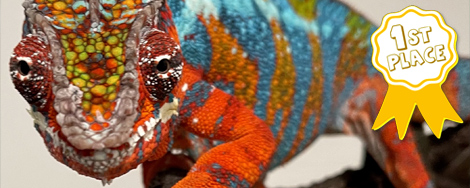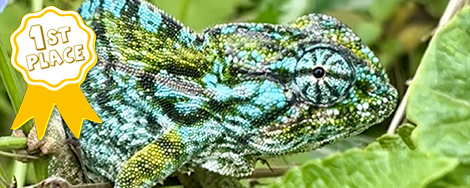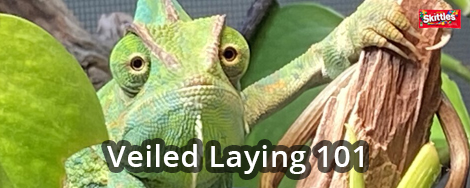Navigation
Install the app
How to install the app on iOS
Follow along with the video below to see how to install our site as a web app on your home screen.
Note: This feature may not be available in some browsers.
More options
You are using an out of date browser. It may not display this or other websites correctly.
You should upgrade or use an alternative browser.
You should upgrade or use an alternative browser.
Home Page
Recent Discussions
- Replies
- 1
- Views
- 77
Did You Know?
Furcifer oustaleti (Oustalet’s Chameleon) is the longest chameleon species reaching lengths of 27 inches (68cm).
Trioceros goetzei (Goetze’s Chameleon) emits an audible, high pitched whistle when threatened.
The horns on a chameleon are made up of ringlike segments of inner bone covered by a hard keratin-like skin.
The chameleon tongue accelerates towards its target at over 1642m per second. Chameleons rarely miss their intended food item.
The word Bradypodion comes from the latin “bradus podos” or slow foot.
Chameleons can project their tongue up to 2.2 times their body length.
The word Rieppeleon is named after the scientist Olivier Rieppel.
Chameleons change color by rearranging a lattice of nanocrystals in one of their top layers of skin cells called iridophores. Chameleons can then stretch this layer, broadening the nanocrystalline lattice, thereby causing it to reflect a different wavelength of light.
The word Calumma comes from the Latin word for covering. This genus consists of chameleons from Madagascar with occipital lobes.
Pygmy chameleons are sometimes referred to as False Chameleons. This term is actually incorrect and is in reference to anoles, particularly the Cuban False Anole.
We love our sponsors
- Chameleons Only
- Mist King
- Tortoise Supply
- Great Lakes Hornworm
- LLLReptile
- Mulberry Farms
- Chameleon Paradise
- Coastal Silkworms
- Dubia Roaches
- Dragon Strand
- Chamelicious Chameleons
- Full Throttle Feeders
- Gulf Coast Silkworms
- Chromatic Chameleons
- Sticky Tongue Farms
- The Critter Depot
- Mantis Place
- Rebecca Wang Art
- iPardalis
- Rainbow Mealworms
- FramsChams
- Light Your Reptiles
- Neptune the Chameleon
- Tamura Designs
Featured Blog Entries
-
World Chameleon Species Tour: Trioceros pfefferi
- DeremensisBlue
- Views: 4K
- Reaction score: 22
- World Tour
Welcome to another installment of our World Chameleon Species Tour! Today we are in the Cameroon highlands with Trioceros pfefferi. Natural... -
Free-range inspiration
- Sonny13
- 5 min read
- Views: 20K
- Reaction score: 22
- Comments: 23
- General
Some inspirational thoughts for free ranging First, our living room is a large, bright (views on both sides) and pet free living room without... -
Jackson's Chameleon Articles and Studies
- JacksJill
- Views: 48K
- Reaction score: 15
- Comments: 6
- General
I'm always trying to find these links for people. Now anyone who is interested in knowing more about Jacksons chameleons can find them here...
Trending Topics
-
-
Another milestone......a K. Boehmei turned 4 today, CONGRATS Ranjo
- Started by Sonny13
- Replies: 36
-
-
-





